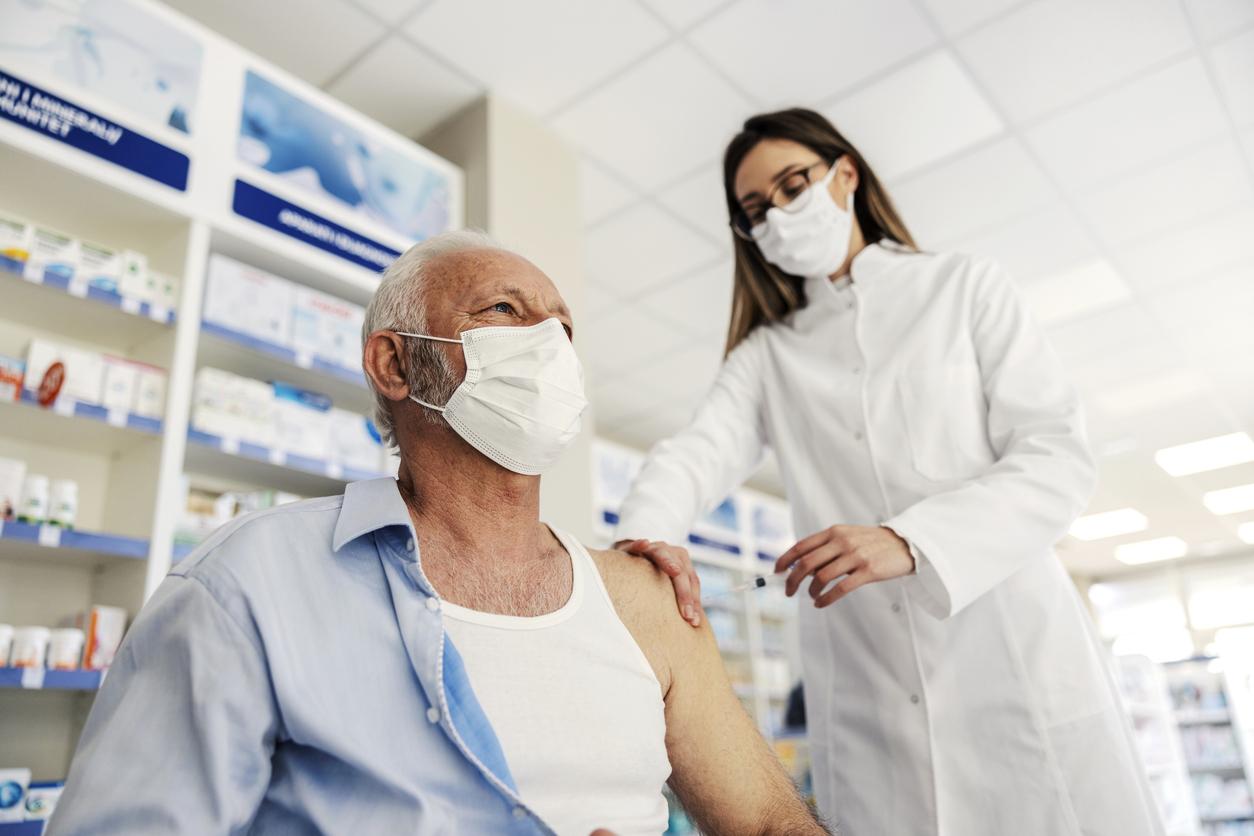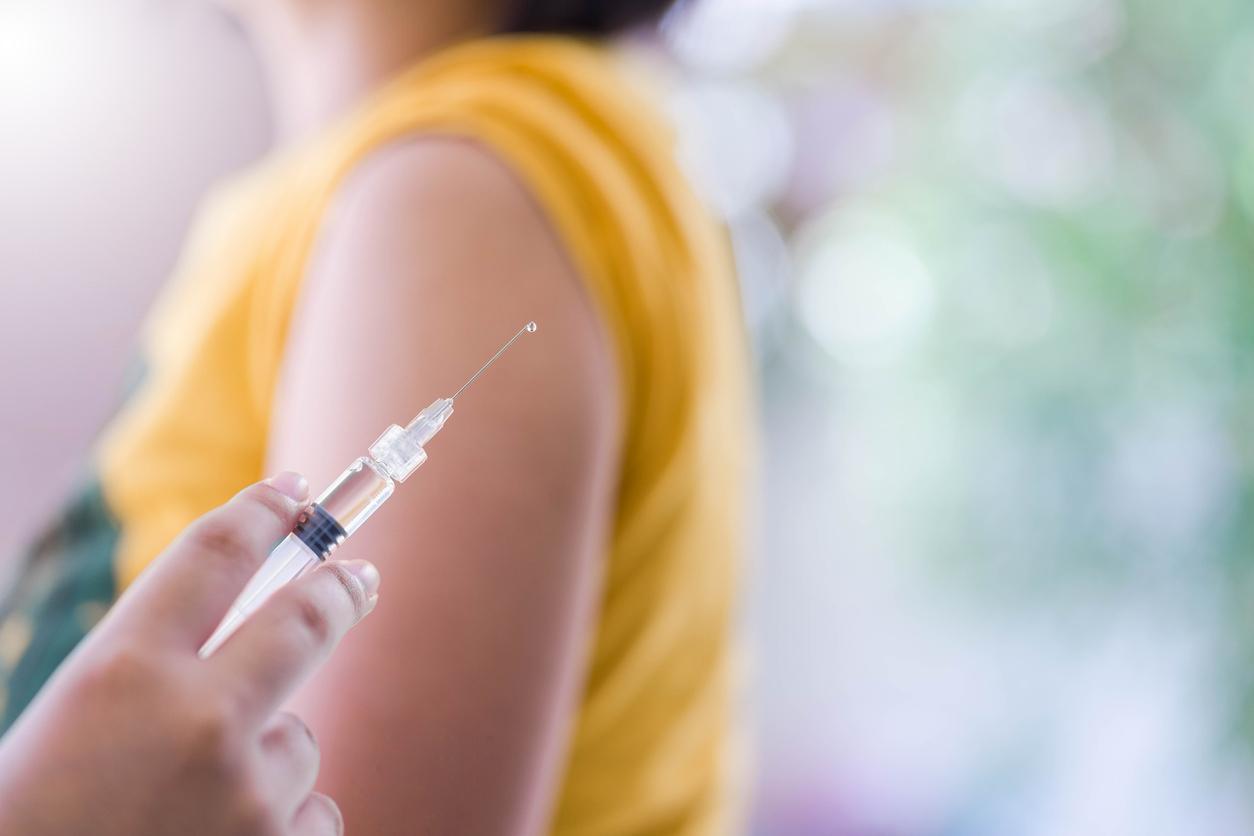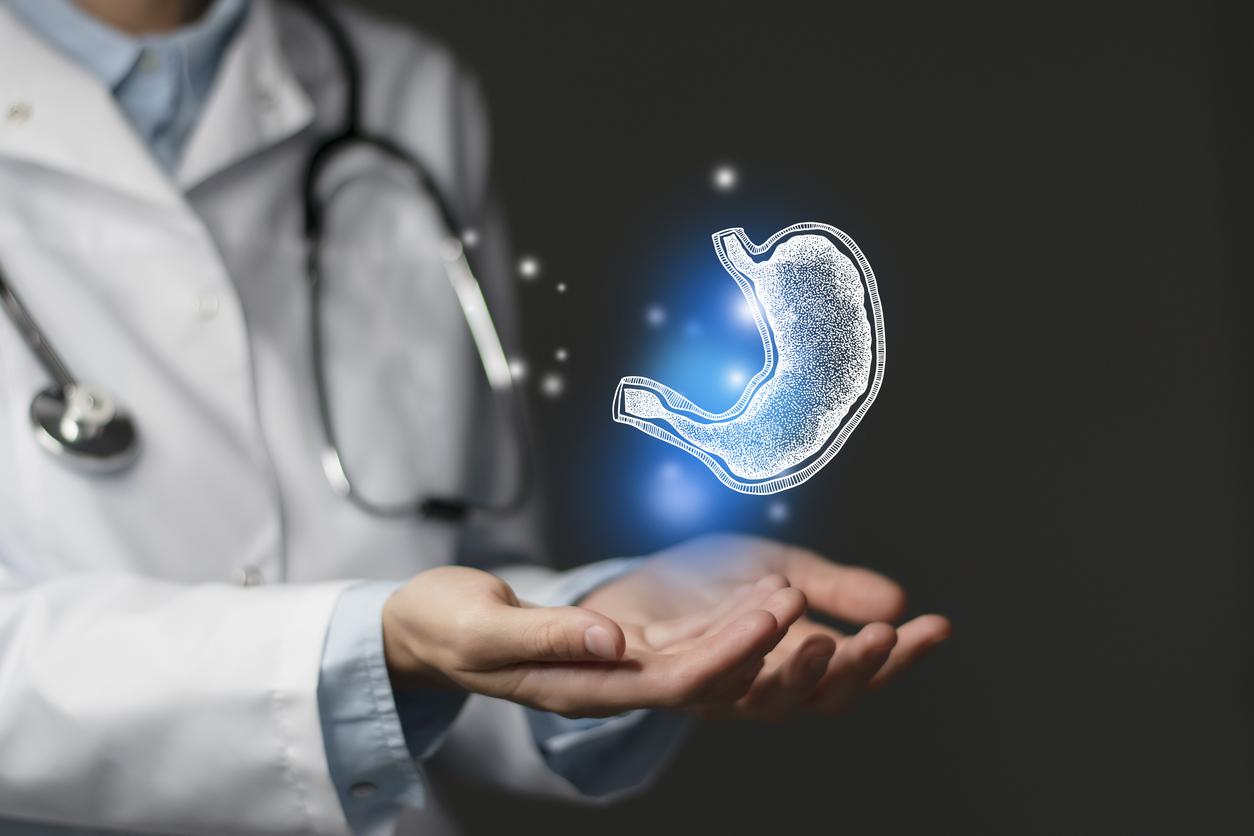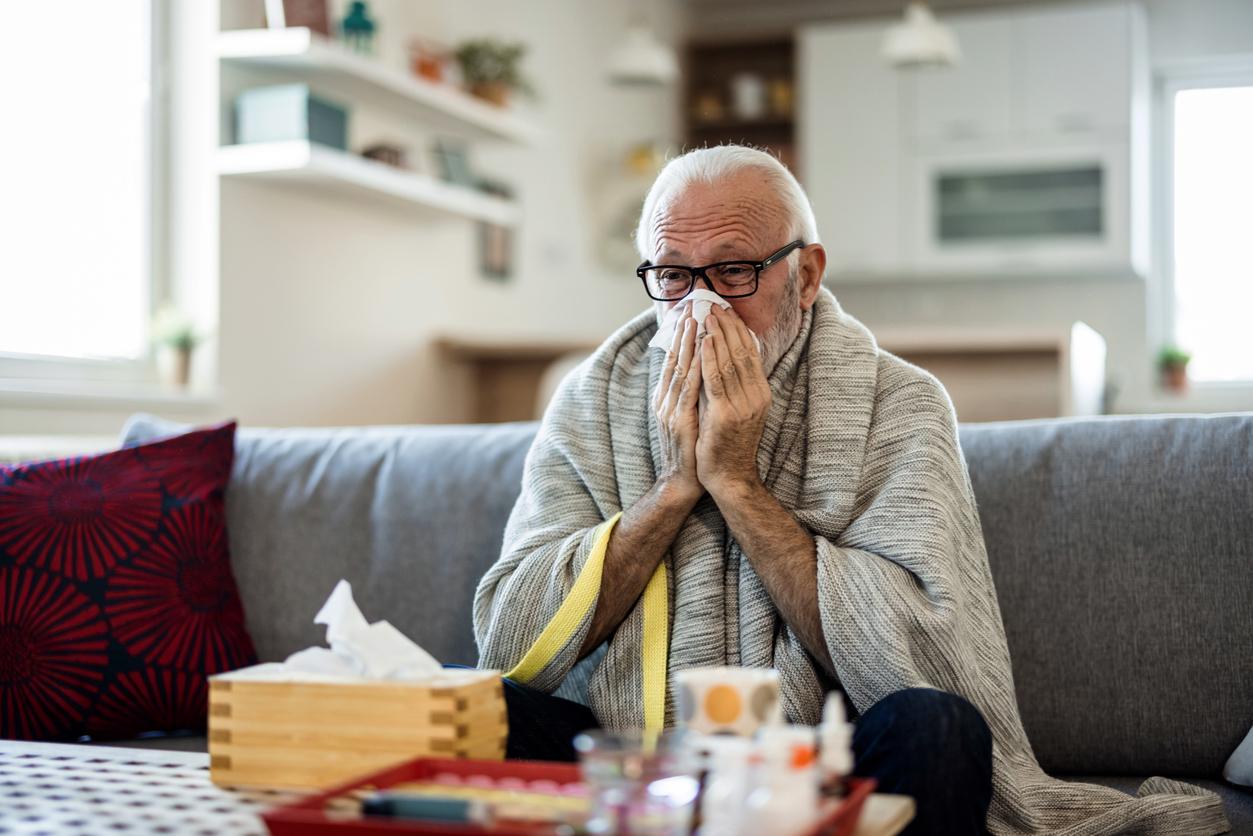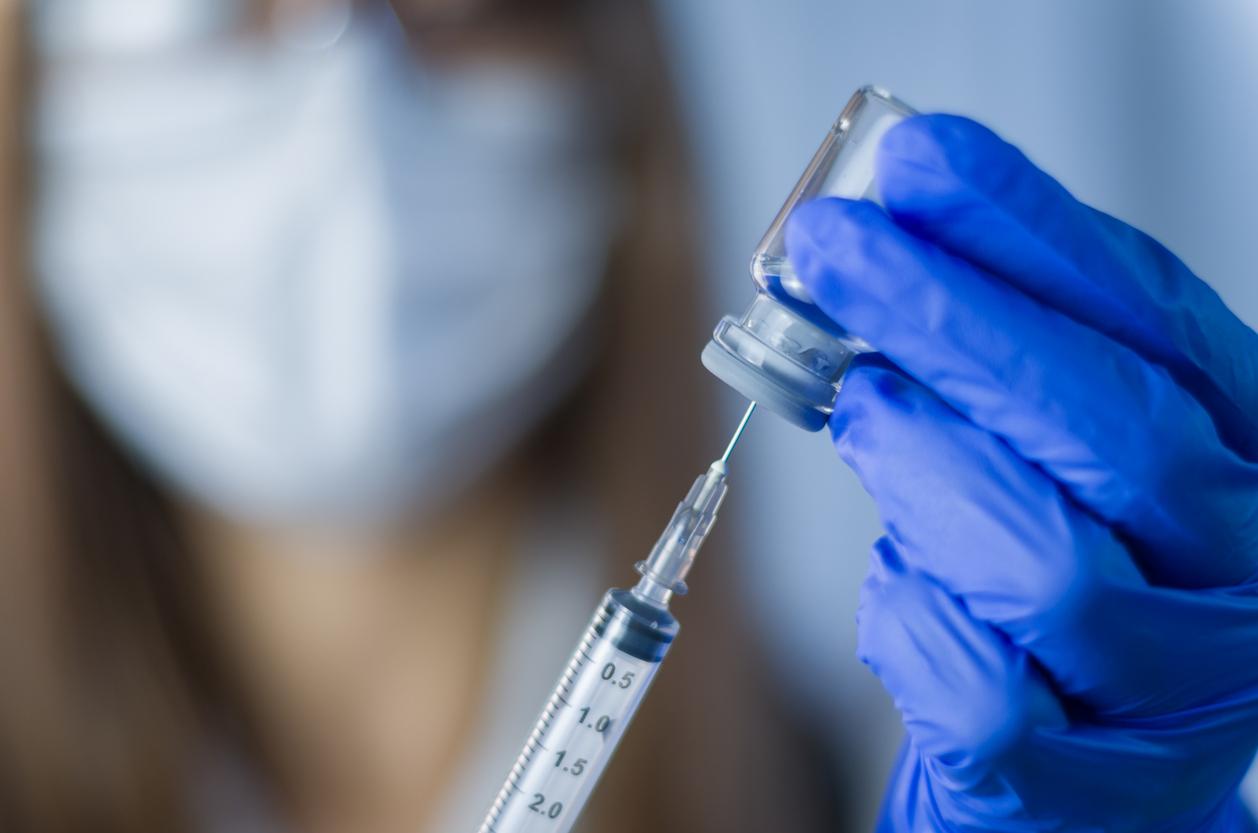On September 4, the British scientific journal “The Lancet” published the first results of the Russian vaccine candidate, Sputnik V. This preliminary study shows encouraging results but requires additional tests.
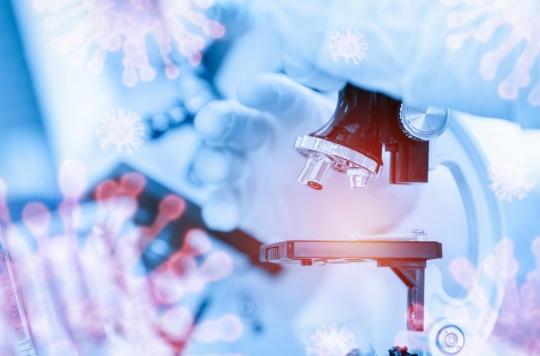
- The vaccine candidate, Sputnik V, is showing good results in phase I/2 clinical trials.
- However, the cohort of studies presented is very small in number of participants and mainly concentrates young men in good health.
- Russian scientists are launching phase III clinical trials to better measure the effects of their candidate vaccine.
Vladimir Putin, the Russian president, announced in mid-August that his country had developed the first vaccine against Covid-19. This declaration stunned the international community and raised a wave of skepticism because no study has been published. This is now done, except that the Russian researchers only present the results of phase I clinical trials. In this article, published on September 4 in the British journal The Lancet, Russian scientists assure that Sputnik V, their vaccine candidate, does not cause serious adverse effects and that it generates a good immune response. An encouraging result but too embryonic to know its effectiveness.
The authors of the article explain that, between June 18 and August 3, they carried out two trials on a cohort of 76 participants. The volunteers – civilian and military – are mainly young men between 20 and 39 years old. Despite these small-sample, non-randomized and “open” studies – that is to say that the volunteers knew what they were injected with – the authors of the study observed promising results.
According to the researchers, Sputnik V fulfilled its mission by stimulating antibodies – molecules capable of recognizing an antigen – and T lymphocytes – cells responsible for destroying other cells. The vaccine candidate “induced strong humoral immune responses [adaptation et production d’anti-corps, NDLR] and cells in the participants, write the authors of the study. IgG responses were obtained in all participants, with geometric mean titers significantly higher than those reported in people who recovered from Covid-19.”
Sputnik V: a two-stage vaccine candidate
Encouraging but still unreliable results. The 76 participants were divided into two groups of 38 people: one to test the candidate vaccine in frozen form, the other in freeze-dried form. If the candidate vaccine obtains registration and is marketable, it should be distributed in frozen form on a large scale and in freeze-dried form for transport to the most remote regions. Then each group of 38 volunteers was again divided into three subgroups: 9 people received only the first part of the vaccine, 9 others only the second and the 20 remaining participants had the first part then, 21 days later. , the second is the fixed form – for the moment – of Sputnik V. Of the 76 people who participated in the clinical trials, 40 had a complete injection of the candidate vaccine.
“A two-stage vaccine candidate for more efficiencyaccording to Dr. Denis Logunov, lead author of the article and director of the Gamaleya Research Institute of Epidemiology and Microbiology. When adenovirus vaccines [famille de virus souvent utilisés dans les vaccin, NDLR] enter people’s cells, they deliver the genetic code for the spike protein [clef d’entrée du virus pour d’entrer dans la cellule, NDLR] of SARS-CoV-2, which causes the cells to produce the spike protein. This helps the immune system recognize and attack the SARS-CoV-2 virus. To mount a strong immune response against SARS-CoV-2, it is important that a booster vaccination is providedhe explains. However, booster vaccinations using the same adenovirus vector might not produce an effective response because the immune system might recognize and attack the vector. This would prevent the vaccine from entering people’s cells and teach the body to recognize and attack SARS-CoV-2. For our vaccine we use two different adenovirus vectors to prevent the immune system from becoming immune against the vector.”
The authors of the article claim to have had the authorizations to begin phase III of the clinical trials. This will allow them to measure the effectiveness and the benefits/risks on a larger population. For this last trial phase, they plan to recruit 40,000 volunteers.









